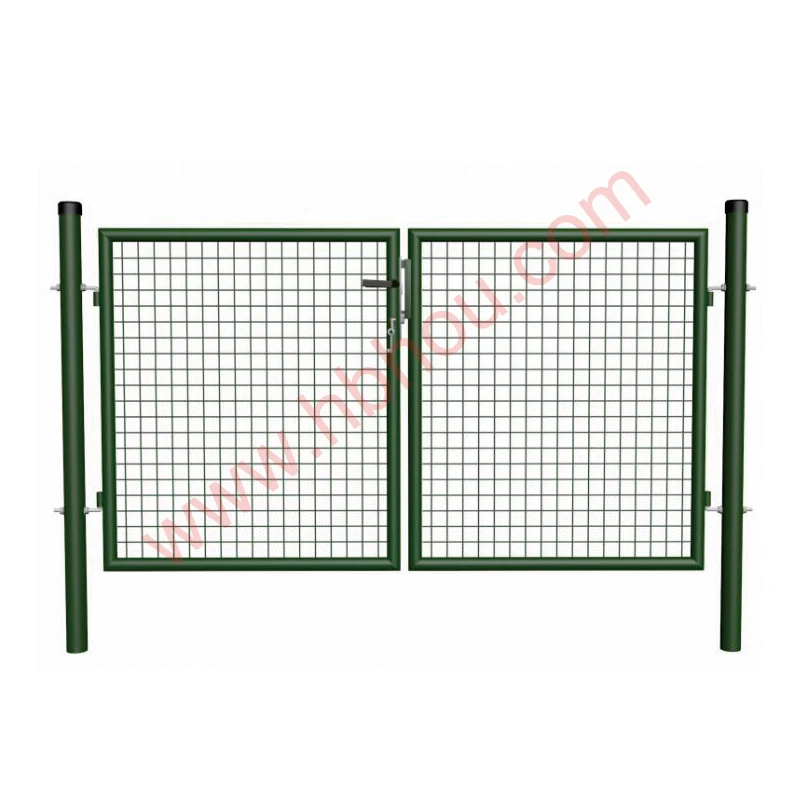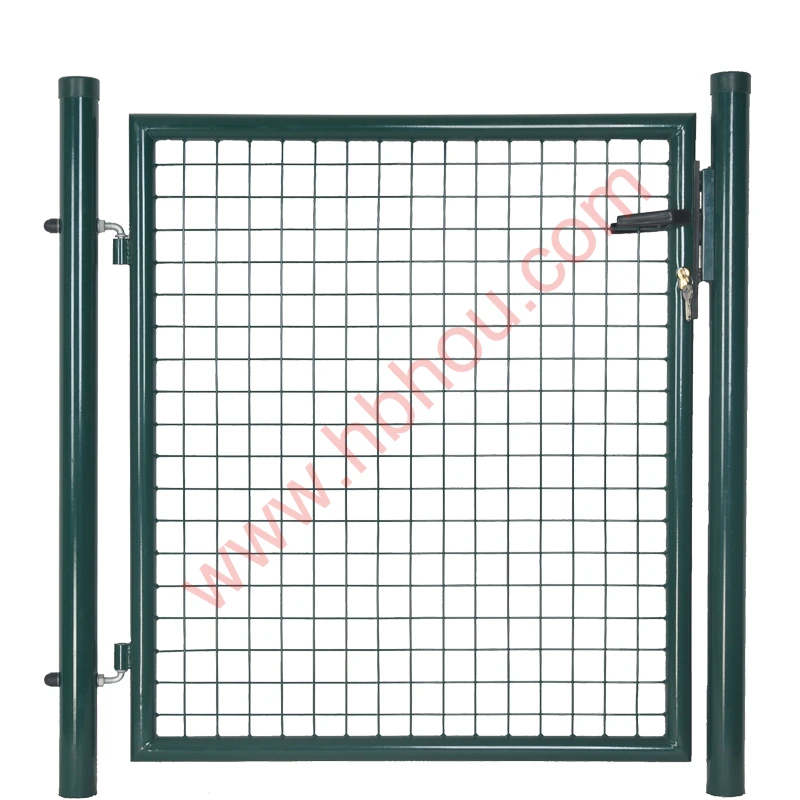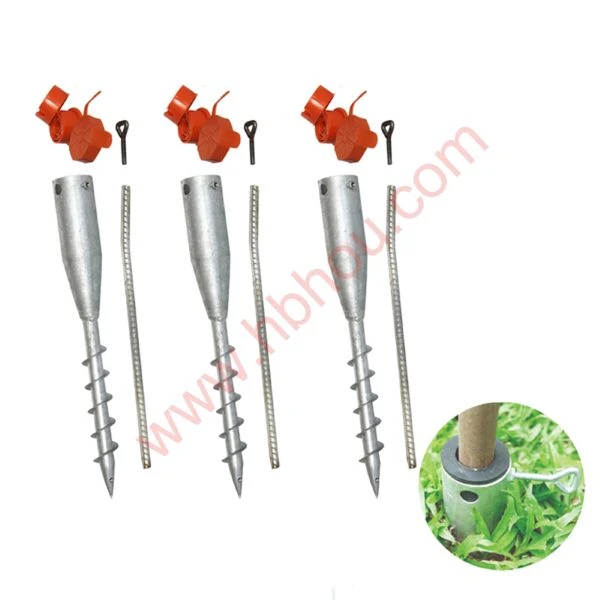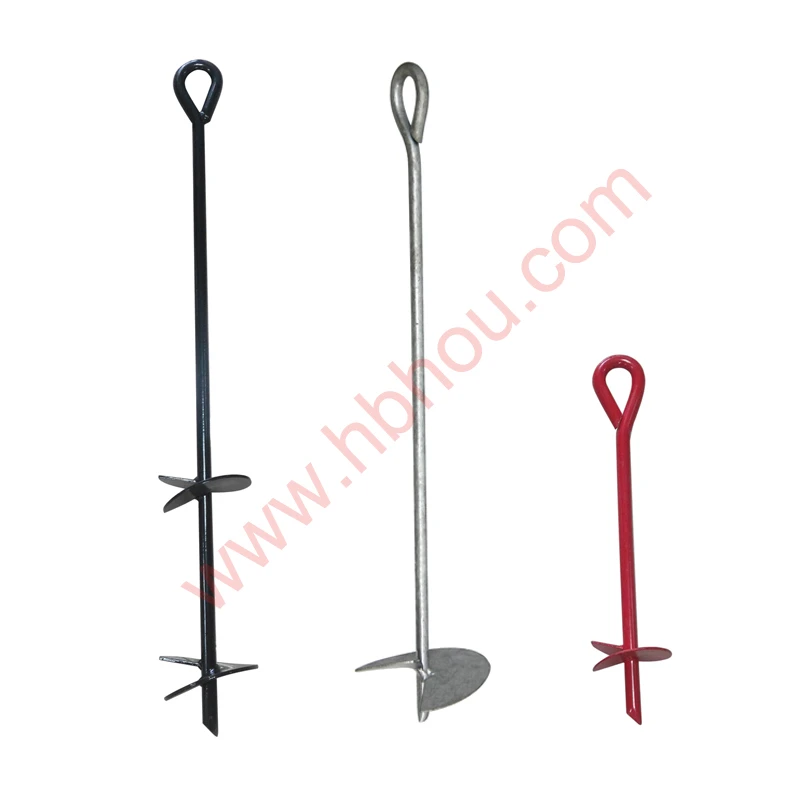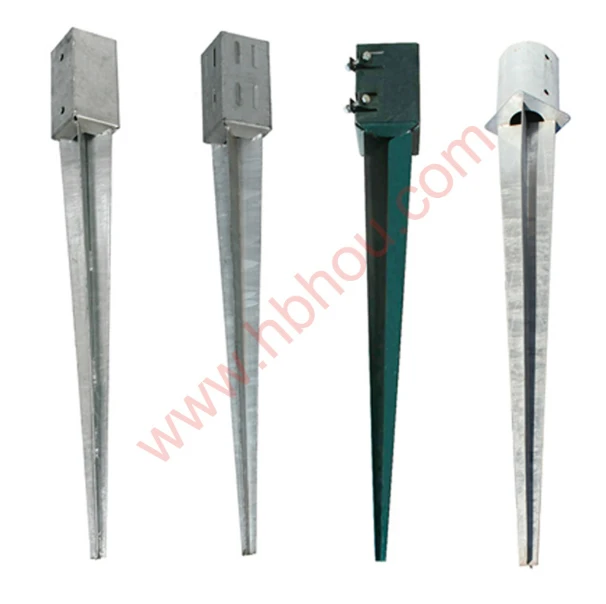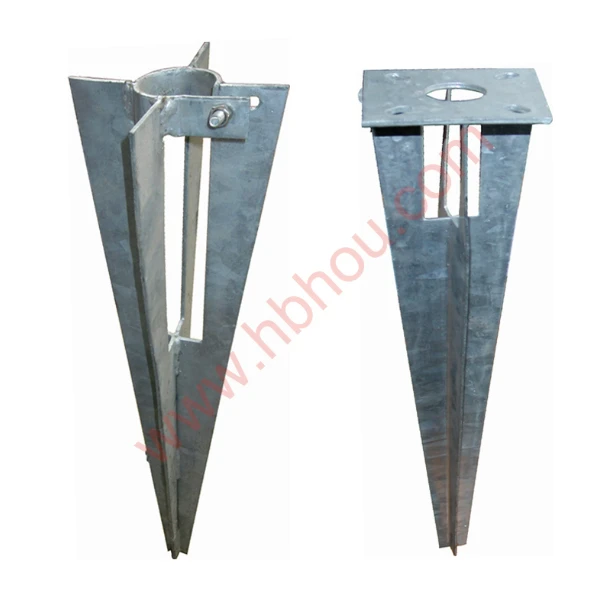Corral Traps for Capturing Feral Hogs An Effective Management Strategy
Feral hogs, also known as wild boars, are a significant concern in the United States and various parts of the world. Their populations have surged due to a lack of natural predators, their rapid reproductive rates, and their adaptability to various environments. This has resulted in considerable ecological damage, economic losses in agriculture, and increased risks of disease transmission. To manage this invasive species effectively, wildlife managers and landowners have turned to various trapping methods, among which corral traps have emerged as one of the most effective solutions for capturing feral hogs.
Understanding Corral Traps
Corral traps are large enclosures specifically designed for trapping feral hogs. Typically constructed from robust materials such as fencing or livestock panels, these traps can range in size from small, portable units to larger, fixed installations. The fundamental principle behind corral traps is to lure a group of hogs into the enclosure using bait, after which the entrance gate is closed, capturing the animals inside.
One of the main advantages of corral traps is their ability to capture multiple hogs at once. Feral hogs are social animals that create sounder groups, often composed of females and their young. This social behavior can be exploited by strategically setting up corral traps near known feeding or watering sites, ensuring that when one hog enters the trap, it attracts others, leading to larger captures.
Advantages of Corral Traps
1. Humaneness Corral traps are considered a humane method of capturing feral hogs. Unlike traps that can injure or kill the animals, corral traps are designed to hold them without causing physical harm. This is particularly important for wildlife management practices that aim to reduce suffering and stress for captured animals.
2. Effectiveness Many studies and field reports have shown that corral traps can achieve high capture rates, especially when used with effective baiting strategies. The chance of catching entire sounders in a single operation greatly enhances management efforts, allowing for significant reductions in feral hog populations.
3. Cost-Effective While there may be initial costs associated with constructing a corral trap, the long-term benefits often outweigh these expenses. Corral traps are durable and can be reused multiple times, making them a cost-effective tool for feral hog management.
corral traps for capturing feral hogs

4. Minimal Non-Target Capture Corral traps are less likely to capture non-target species compared to other trapping methods. This is crucial for maintaining local wildlife populations and ecosystem balance, as it minimizes unintended consequences.
Baiting Techniques
To maximize the effectiveness of corral traps, baiting is a critical component. Food sources such as corn, grains, fruits, and commercial hog attractants can be used to lure feral hogs into the trap. Additionally, it is often helpful to establish a feeding routine leading up to trapping efforts. By regularly providing bait outside the trap, hogs can become accustomed to the site, increasing the likelihood of them entering the trap when it is set.
Moreover, many trappers have found success in using remote cameras to monitor hog activity around the traps. This technology can provide insights into the best times for trapping and the size of the sounders, enabling more strategic planning.
Challenges and Considerations
While corral traps offer many benefits, they also come with challenges. One of the primary concerns is the need for regular monitoring to ensure the welfare of the trapped animals. Trapped hogs can become stressed, especially in high temperatures, so it’s essential to check traps frequently and manage capture times effectively.
Another consideration is securing the traps to prevent escapes. Feral hogs are strong and adept at digging, so it's crucial to ensure that the corral trap is well-constructed and securely anchored.
Conclusion
Corral traps represent an effective and humane method for managing the growing populations of feral hogs. By leveraging the social nature of these animals and employing smart baiting strategies, wildlife managers can significantly reduce their numbers and mitigate the ecological and economic impacts they cause. As feral hog populations continue to rise, implementing corral traps could be a vital element in their management and control.









